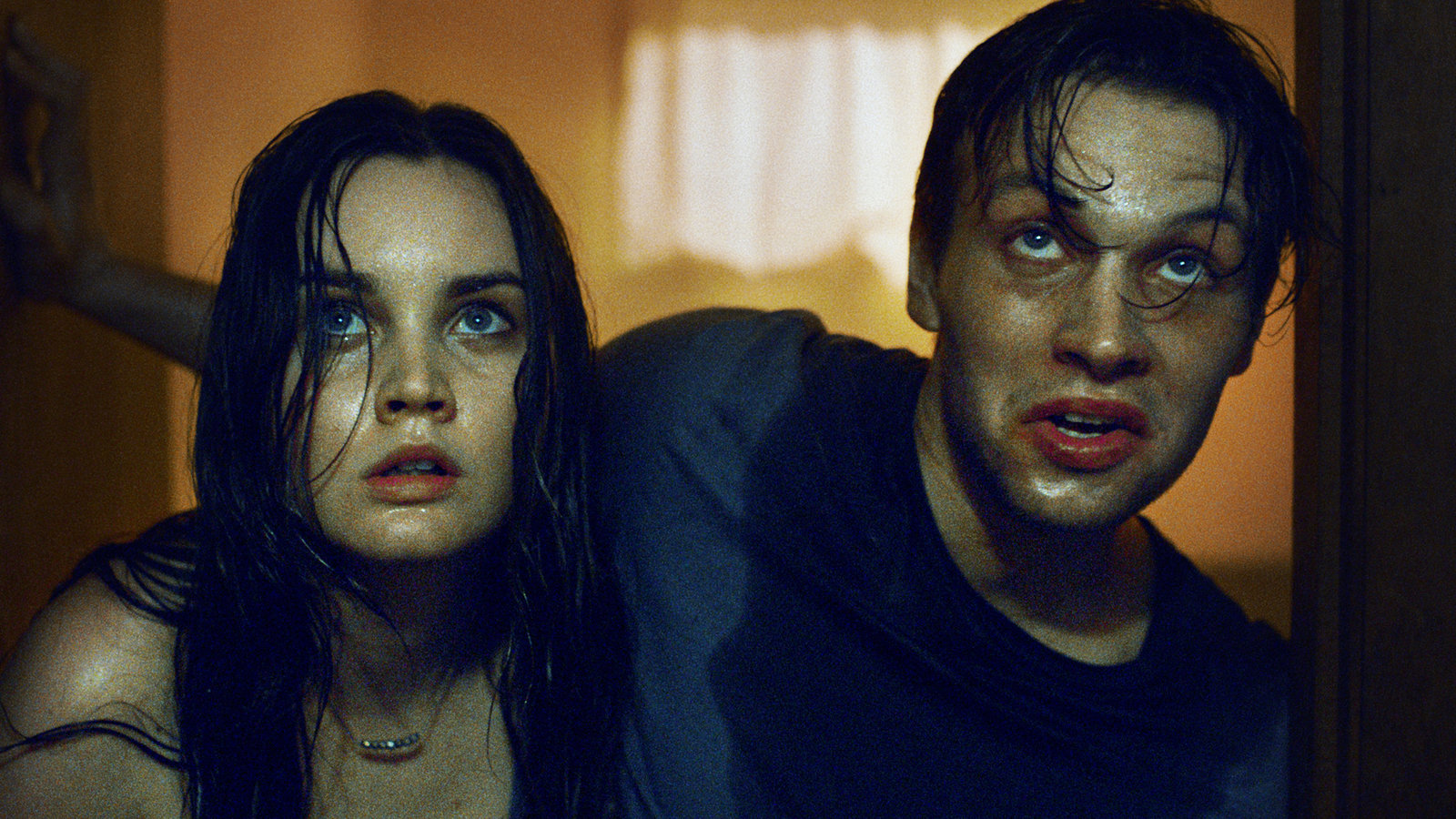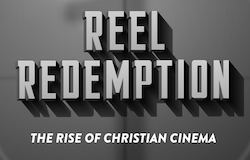Strange Tides, by Reed Lackey
20 Jul

Strong horror stories thrive on the mysterious and the unknown. They are anchored in a sense of atmosphere and emotional evocation that, when most effective, connect with us on a visceral level. That effectiveness can often be undermined, however, by a listless sense of scope or underdeveloped elements. The Beach House, the debut feature film by Jeffrey A. Brown, walks a thin line between what works and what frustrates to create a film with several memorable sequences, even if the whole of the experience remains somewhat lacking.
The story finds lovers Randall and Emily (Noah Le Gros and Liana Liberato respectively) vacationing from college to a beach front property belonging to Randall’s father. Not only does the house sit relatively empty, but the surrounding neighborhood seems to sit that way as well. Emily and Randall are seeking a rekindling to their fizzling romance, which is fraught with unspoken disappointments and competing desires. But when the couple awaken from a nap to discover that the house is already occupied by an older couple who were friends of Randall’s father, the anticipated retreat quickly becomes awkward. But the quartet very quickly discovers that the unexpected overlapping residency is the least of their worries. A strange phenomenon is manifesting on the beach and things will soon become dreadfully horrific.
Brown displays boundary-pushing patience in the first half of The Beach House, allowing each of the characters to almost float through tension and triviality with equal calm (and that’s even before one of the characters breaks out the edible marijuana). But unlike films which draw out their setup with lazy padding and cheaply extended takes, Brown’s direction feels more deliberate, seeking to establish the sense of isolation and repose a vacation spot is supposed to provide. It may prove challenging for audiences to connect with our four main characters, however, as most of the scenes play out with so much subtext beneath them it almost seems as if this were adapted directly from a novel without consideration of how to translate the inner thoughts of its participants.
Once the pot-fueled evening begins to yield to some truly bizarre (and remarkably well produced) biological phenomena, the film quickly begins to pay off its ominous promises. The horror displayed in the last third of the film is highly effective. Through well constructed practical effects, savvy framing, and some old-fashioned and time-proven surprises, The Beach House has plenty of genuine thrills and frights to deliver for those who waited patiently enough to get there.
Where things could go either way, however, is in the film’s ultimate landing place. The fates of our characters are resolved, indisputably, but since we never fully learned who they are or what they wanted, it causes some misfires in the film’s emotional resonance. One of the very final shots however, where a character in the full grips of the horror that has engulfed them breaks the fourth wall to deliver an eerie message, is arresting in both its effect and its implications. It does not quite make the whole film work, but it might just be enough to make the whole film memorable.
With competent production, properly gruesome effects, and a genuinely affecting last third, The Beach House is an easy recommendation for the strong-stomached horror fan, even if it may leave those desiring more robust characters or narratives wanting a bit more from it.



No comments yet